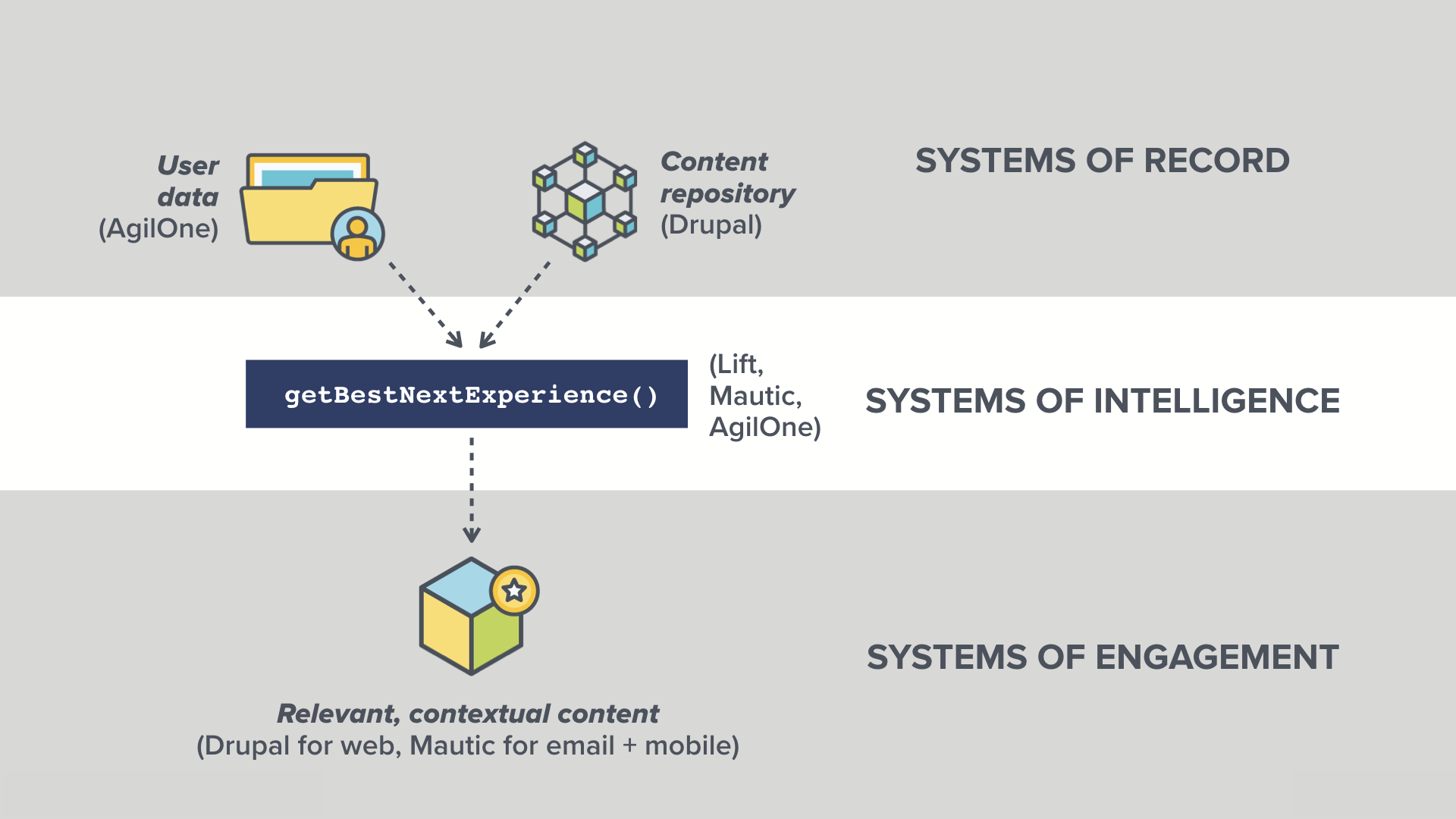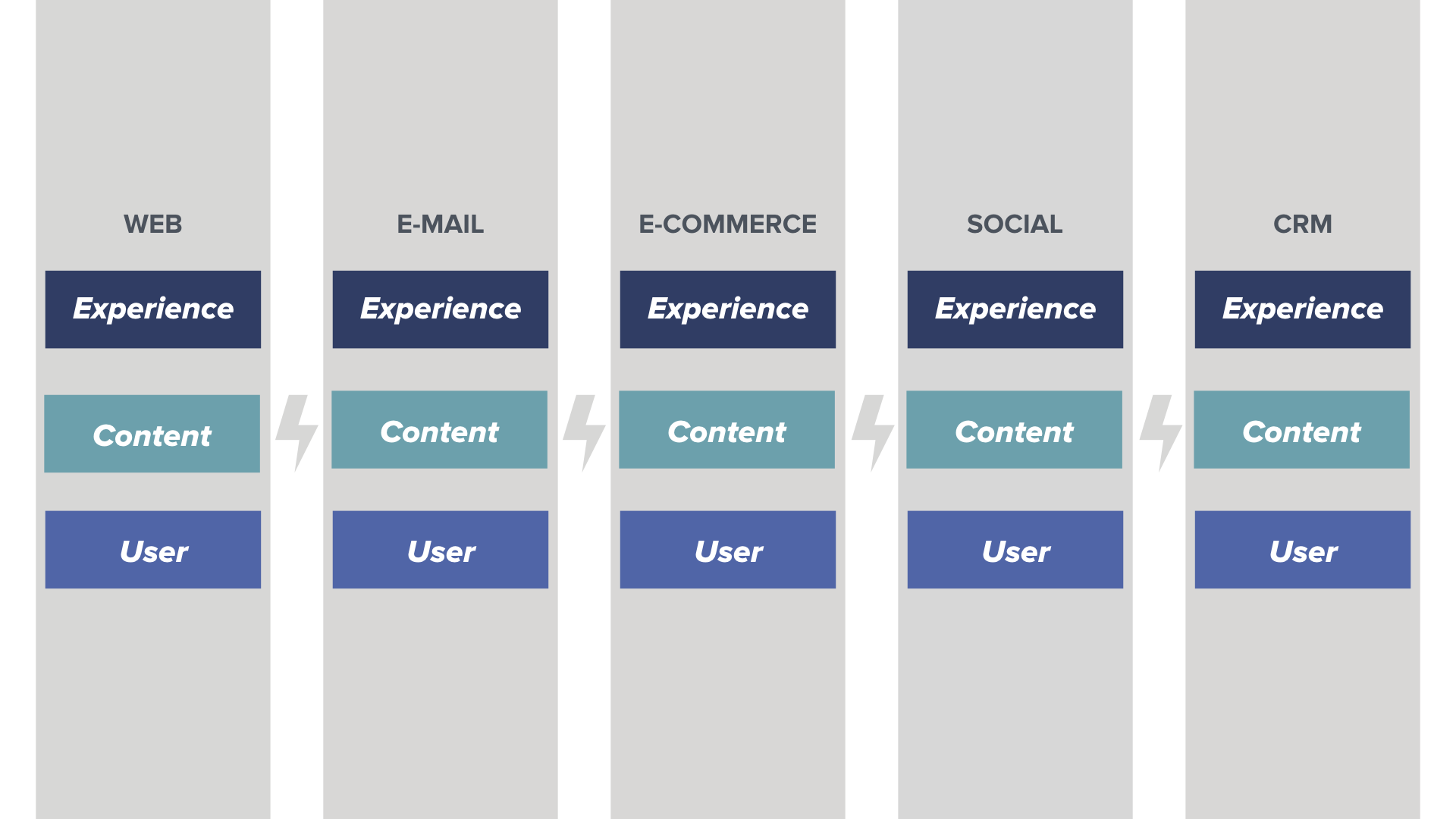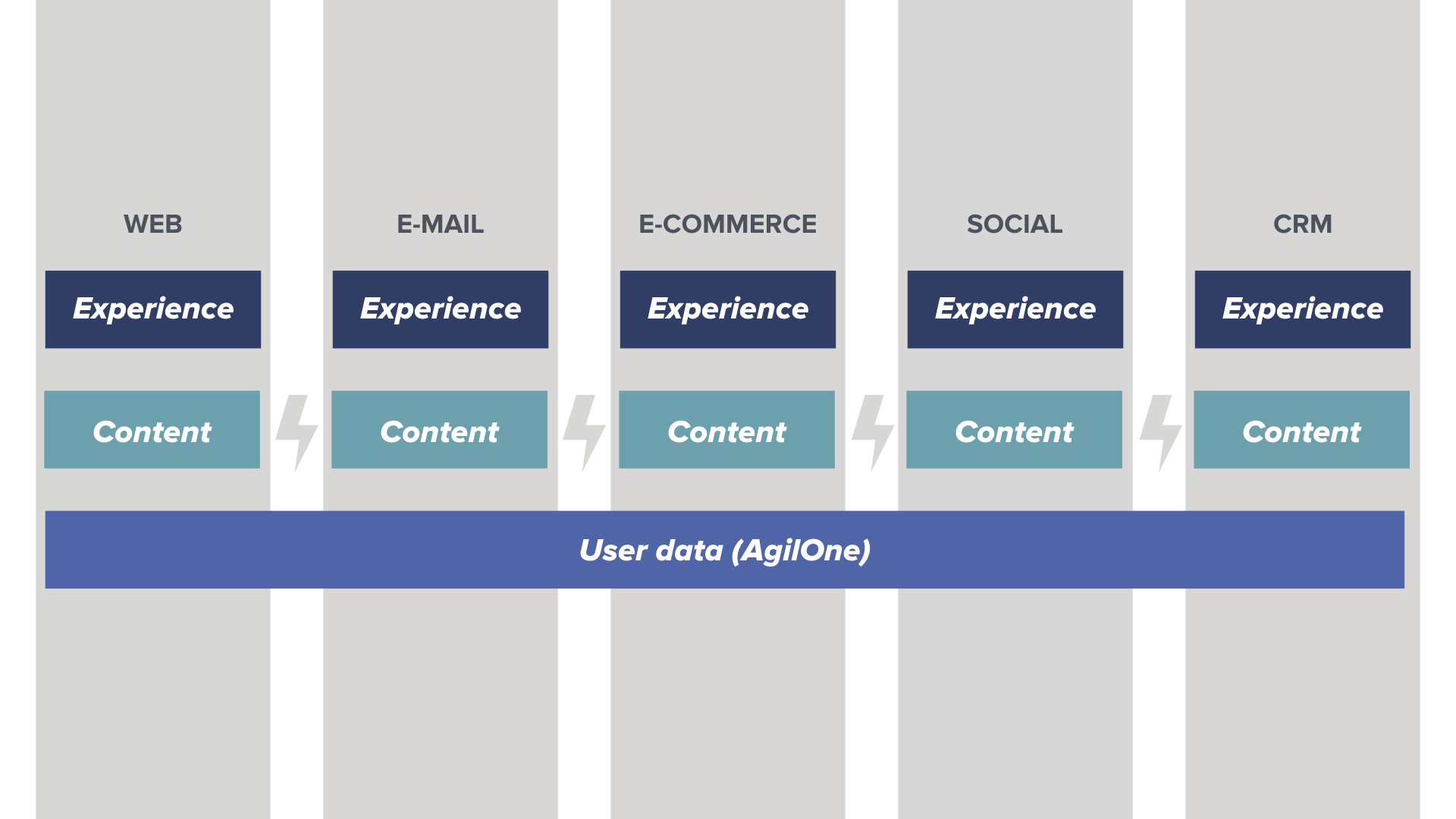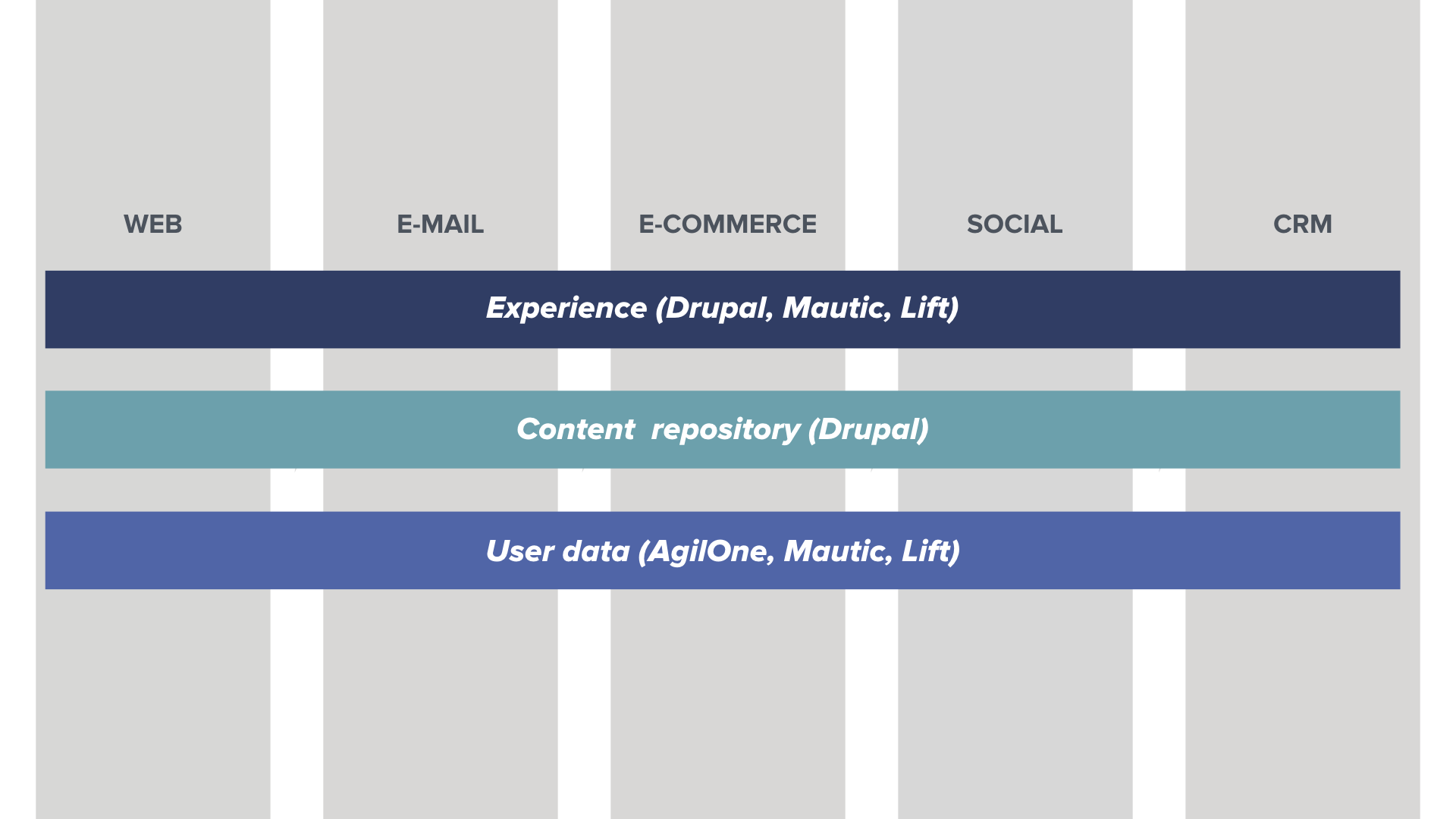Acquia to acquire AgilOne to solve data challenges with AI
Acquia to acquire AgilOne, a Customer Data Platform (CDP) with advanced machine learning for better customer understanding and engagement, as part of our strategy to deliver an open, integrated Digital Experience Platform (DXP).
I'm excited to announce that Acquia has signed a definitive agreement to acquire AgilOne, a leading Customer Data Platform (CDP).
CDPs pull customer data from multiple sources, clean it up and combine it to create a single customer profile. That unified profile is then made available to marketing and business systems to improve the customer experience.
For the past 12 months, I've been watching the CDP space closely and have talked to a dozen CDP vendors. I believe that every organization will need a CDP (although most organizations don't realize it yet).
Why AgilOne?
According to independent research firm The CDP Institute, CDPs are a part of a rapidly growing software category that is expected to exceed $1 billion in revenue in 2019. While the CDP market is relatively new and small, a plethora of CDPs exist in the market today.
One of the reasons we really liked AgilOne is their machine learning capabilities – they will give our customers a competitive advantage. AgilOne supports machine learning models that intelligently segment customers and predict customer behaviors (e.g. when a customer is likely to purchase something). This allows for the creation and optimization of next-best action models to optimize offers and messages to customers on a 1:1 basis.
For example, lululemon, one of the most popular brands in workout apparel, collects data across a variety of online and offline customer experiences, including in-store events and website interactions, commerce transactions, email marketing, and more. AgilOne helped them integrate all those systems and create unified customer data profiles. This unlocked a lot of data that was previously siloed. Once lululemon better understood its customers' behaviors, they leveraged AgilOne's machine learning capabilities to increase attendance to local events by 25%, grow revenue from digital marketing campaigns by 10-15%, and increase site visits by 50%.
Another example is TUMI, a manufacturer of high-end suitcases. TUMI turned to AgilOne and AI to personalize outbound marketing (like emails, push notifications and one-to-one chat), smarten its digital advertising strategy, and improve the customer experience and service. The results? TUMI sent 40 million fewer emails in 2017 and made more money from them. Before AgilOne, TUMI's e-commerce revenue decreased. After they implemented AgilOne, it increased sixfold.
Fundamentally improving the customer experience
Having a great customer experience is more important than ever before – it's what sets competitors apart from one another. Taxis and Ubers both get people from point A to B, but Uber's customer experience is usually superior.
Building a customer experience online used to be pretty straightforward; all you needed was a simple website. Today, it's a lot more involved.
The real challenge for most organizations is not to redesign their website with the latest and greatest JavaScript framework. No, the real challenge is to drive relevant customer experiences across all the different channels – including web, mobile, social, email and voice – and to make those customer experiences highly relevant.
I've long maintained that the two fundamental building blocks to delivering great digital experiences are (1) content and (2) user data. This is consistent with the diagram I've been using in presentations and on my blog for many years where "user profile" and "content repository" represent two systems of record (though updated for the AgilOne acquisition).

To drive results, wrangling data is not optional
To dramatically improve customer experiences, organizations need to understand their customers: what they are interested in, what they purchased, when they last interacted with the support organization, how they prefer to consume information, etc.
But as an organization's technology stack grows, user data becomes siloed within different platforms:

When an organization doesn't have a 360º view of its customers, it can't deliver a great experience to its customers. We have all interacted with a help desk person that didn't know what you recently purchased, is asking you questions you've answered multiple times before, or isn't aware that you already got some help troubleshooting through social media.
Hence, the need for integrating all your backend systems and creating a unified customer profile. AgilOne addresses this challenge, and has helped many of the world's largest brands understand and engage better with their customers.

Acquia's strategy and vision
It's easy to see how AgilOne is an important part of Acquia's vision to deliver the industry's only open digital experience platform. Together, with Drupal, Lift and Mautic, AgilOne will allow us to redefine the customer experience stack. Everything is based on Open Source and open APIs, and designed from the ground up to make it easier for marketers to create relevant, personal campaigns across a variety of channels.

Welcome to the team, AgilOne! You are a big part of Acquia's future.
—